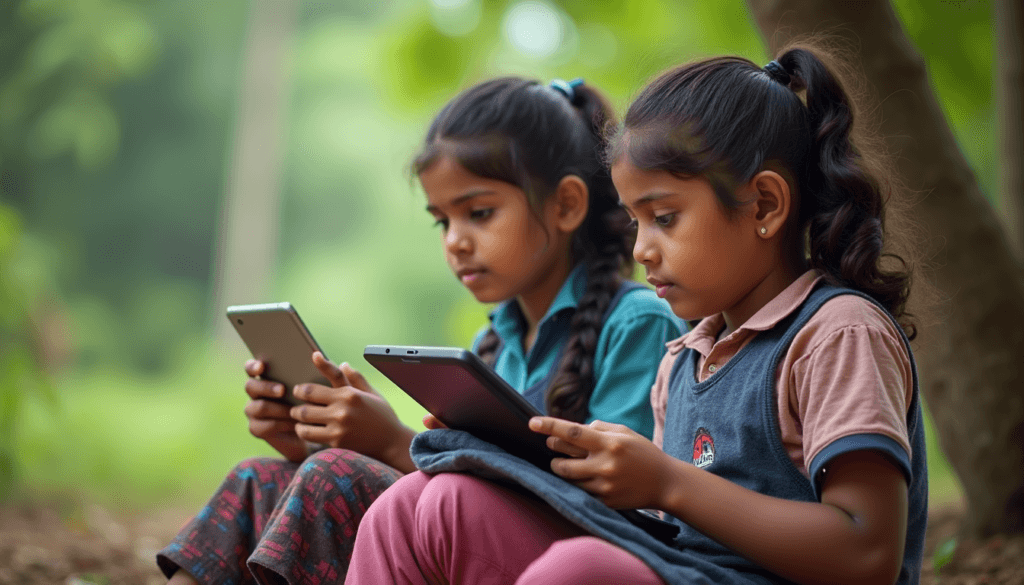
In a state renowned for its literacy rate, Kerala faced a significant challenge during the pandemic: the digital divide. While some students had access to online learning, others struggled without the necessary tools or internet connectivity. In this blog post, we explore the efforts made by the Kerala government, NGOs, and the private sector to ensure that every student has access to quality digital education.
Key Topics:
- Understanding the Digital Divide in Kerala:
- The digital divide refers to the gap between students who have access to digital devices and the internet versus those who don’t. In Kerala, this issue became more pronounced during the pandemic.
- Kerala Government’s Initiatives:
- To bridge this gap, the Kerala government launched initiatives to provide free devices to students from underprivileged backgrounds, improve internet access in rural areas, and ensure no student is left behind.
- NGOs and Private Sector Contributions:
- Alongside the government, NGOs and the private sector played a critical role in providing mobile hotspots, digital literacy programs, and teacher training to adapt to online learning.
- Success Stories in Overcoming the Digital Divide:
- Several students from rural Kerala have successfully transitioned to online learning thanks to these initiatives. Their stories highlight the success of collaborative efforts to bridge the gap.
Conclusion:
Kerala’s efforts to bridge the digital divide are paying off, with more students gaining access to online education than ever before. As these initiatives continue, the state is setting an example for how to tackle educational inequality in a digital world.